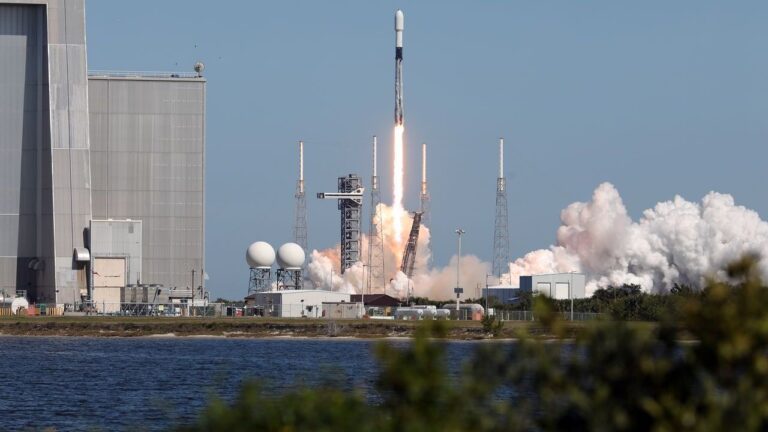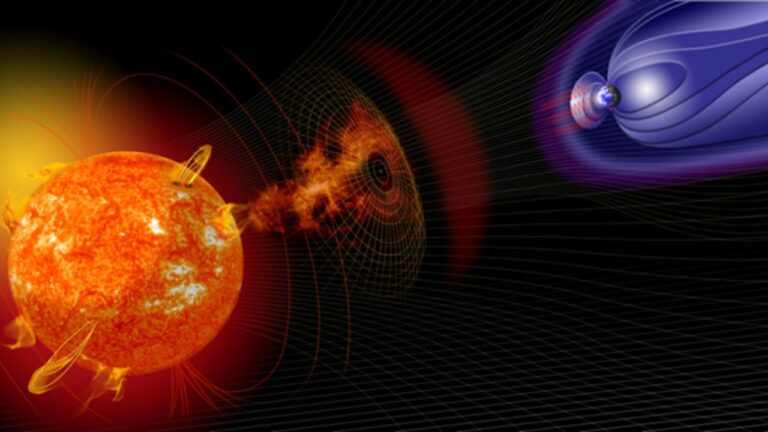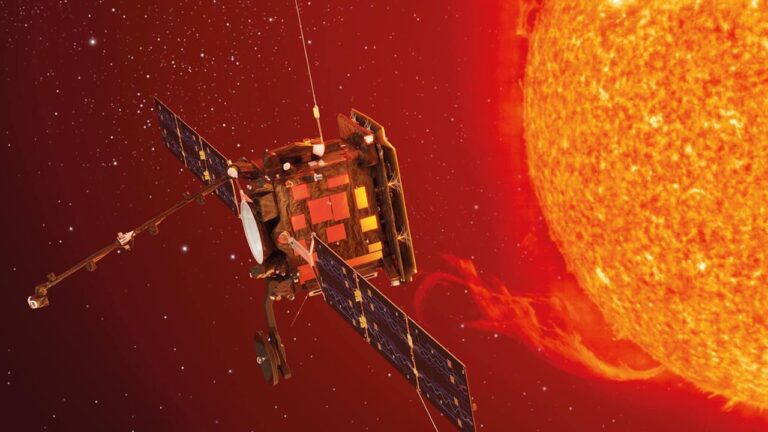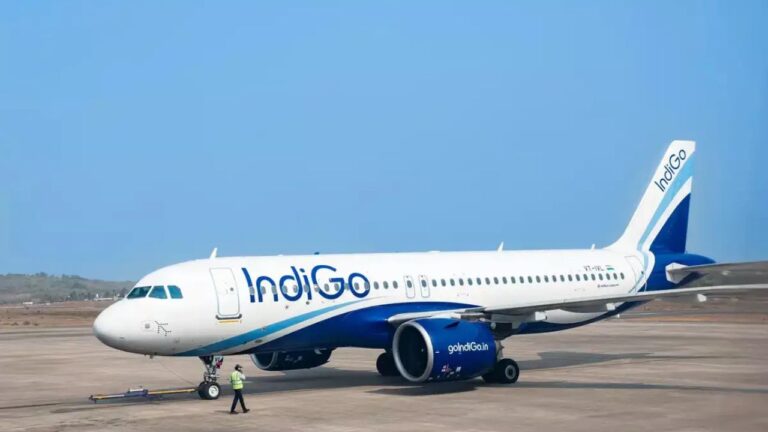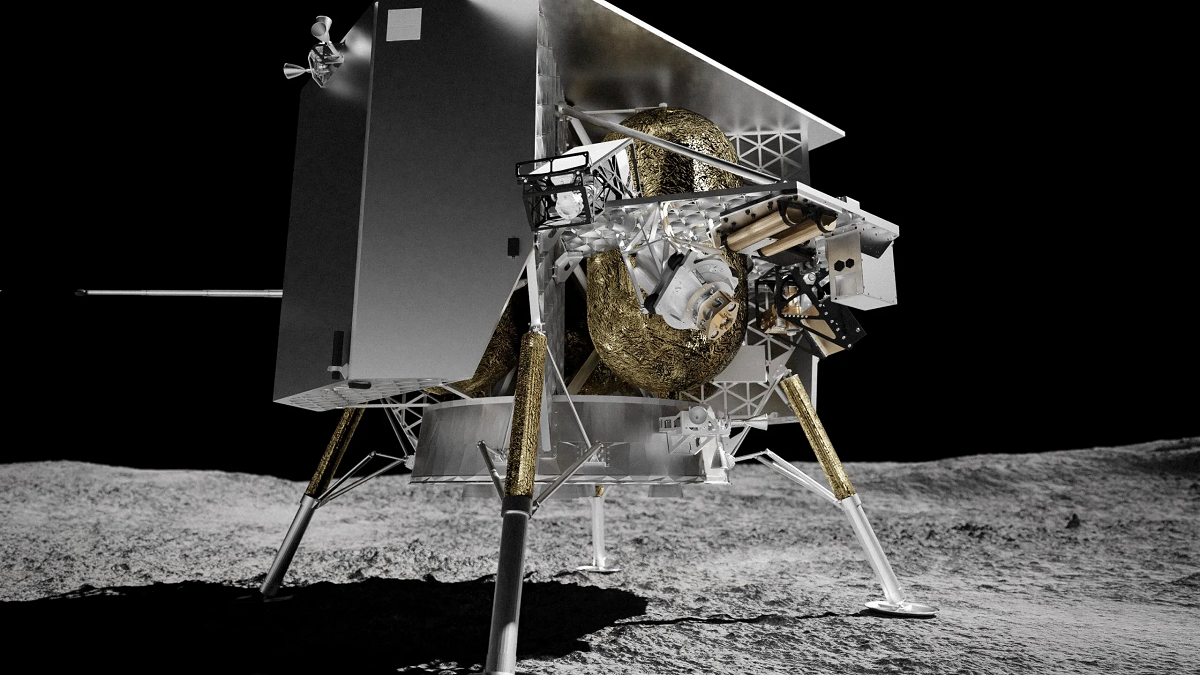
Spacecraft orbiting the moon are encountering a rising number of potential collision warnings, highlighting the need for more robust coordination mechanisms. Over the past 18 months, the Korea Aerospace Research Institute (KARI) received 40 “red alarms” signaling potential collisions among lunar spacecraft, according to Soyoung Chung, a senior researcher at KARI.
Major Players in Lunar Orbit
The warnings primarily involve close approaches between KARI’s Korea Pathfinder Lunar Orbiter (KPLO), NASA‘s Lunar Reconnaissance Orbiter (LRO), and the Indian Space Research Organisation’s (ISRO) Chandrayaan-2 orbiter. These spacecraft share similar low orbits around the moon, and their respective agencies voluntarily share orbital information using NASA’s MADCAP platform, which generates collision warnings.
Maneuvering to Avoid Collisions
Since KPLO entered lunar orbit in December 2022, it has received 40 warnings of potential conjunctions. While some of these warnings are resolved as improved orbital data shows no risk of collision, others require specific maneuvers to avoid close approaches. KPLO has conducted three such maneuvers to avoid collisions with LRO, Chandrayaan-2, and Japan’s SLIM spacecraft.
Historical Context and Current Concerns
Collision avoidance maneuvers are not new; in 2021, Chandrayaan-2 performed a maneuver to avoid LRO after coordination between ISRO and NASA. However, the scale of potential collisions among lunar spacecraft has not been widely discussed. Chung emphasized the lack of formal processes and procedures for coordinating spacecraft around the moon, a problem expected to worsen as more missions are launched.
The Need for International Coordination
Currently, there is no international consultation mechanism or protocol to resolve collision risks in lunar orbit. The voluntary coordination among ISRO, KARI, and NASA does not include all actors, such as China. Additionally, there is no formal mechanism to decide which spacecraft should perform a collision avoidance maneuver, a process that can disrupt operations and consume fuel.
Proposals for Future Solutions
Chung highlighted the necessity for an information-sharing platform and international protocols to manage collision risks around the moon, similar to those used for Earth-orbiting spacecraft. One potential solution may come from the United Nations Committee on the Peaceful Uses of Outer Space (COPUOS), which recently agreed to establish an Action Team on Lunar Activities Consultation. This team, based on a proposal from the Republic of Korea and Romania, will consider coordination mechanisms for lunar spacecraft.
Moving Forward
As lunar missions become more frequent, the need for effective coordination to prevent collisions will become increasingly critical. Establishing international protocols and mechanisms for information sharing and maneuver decisions will help ensure the safe operation of spacecraft in lunar orbit, fostering sustainable exploration and utilization of the moon.
